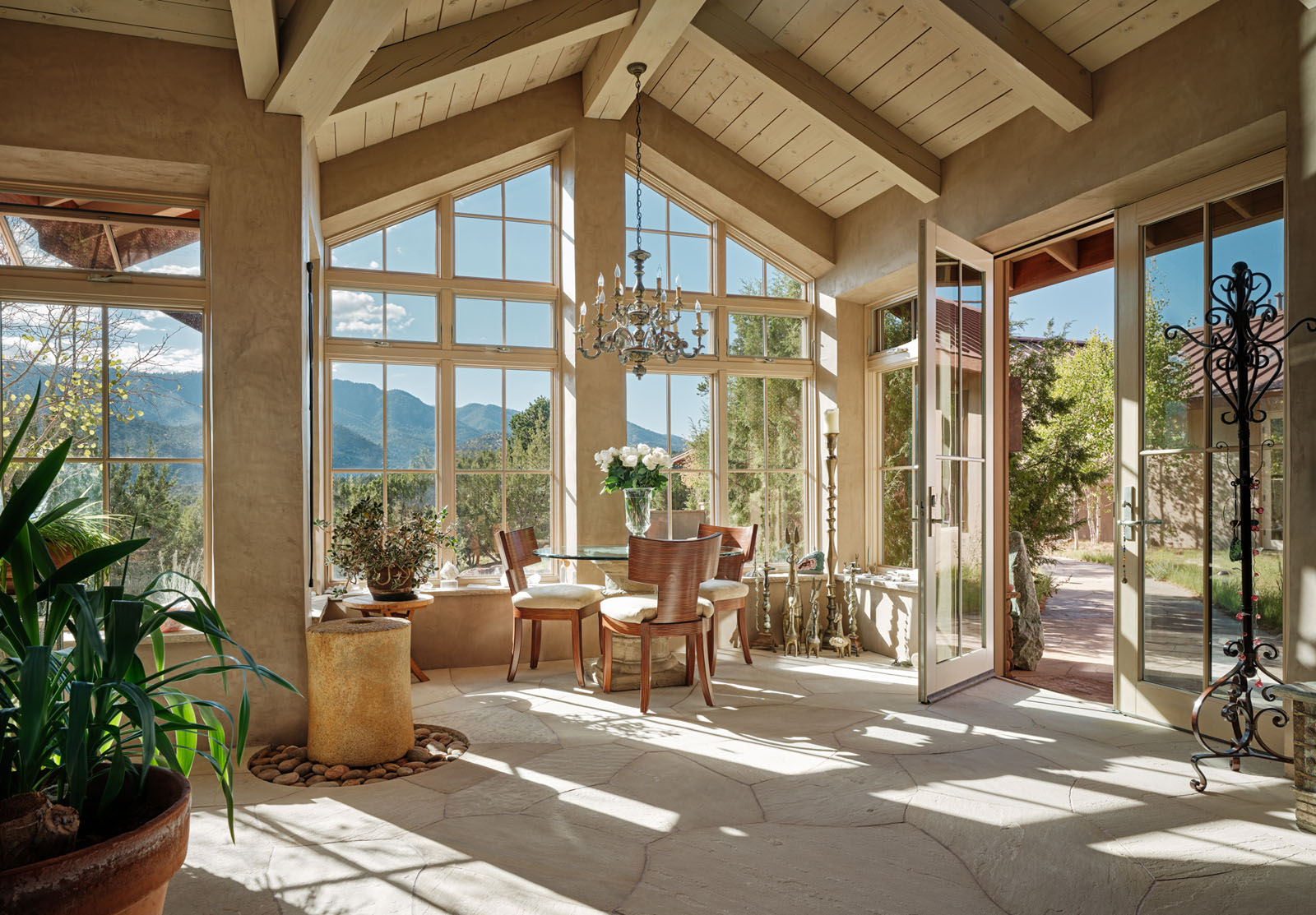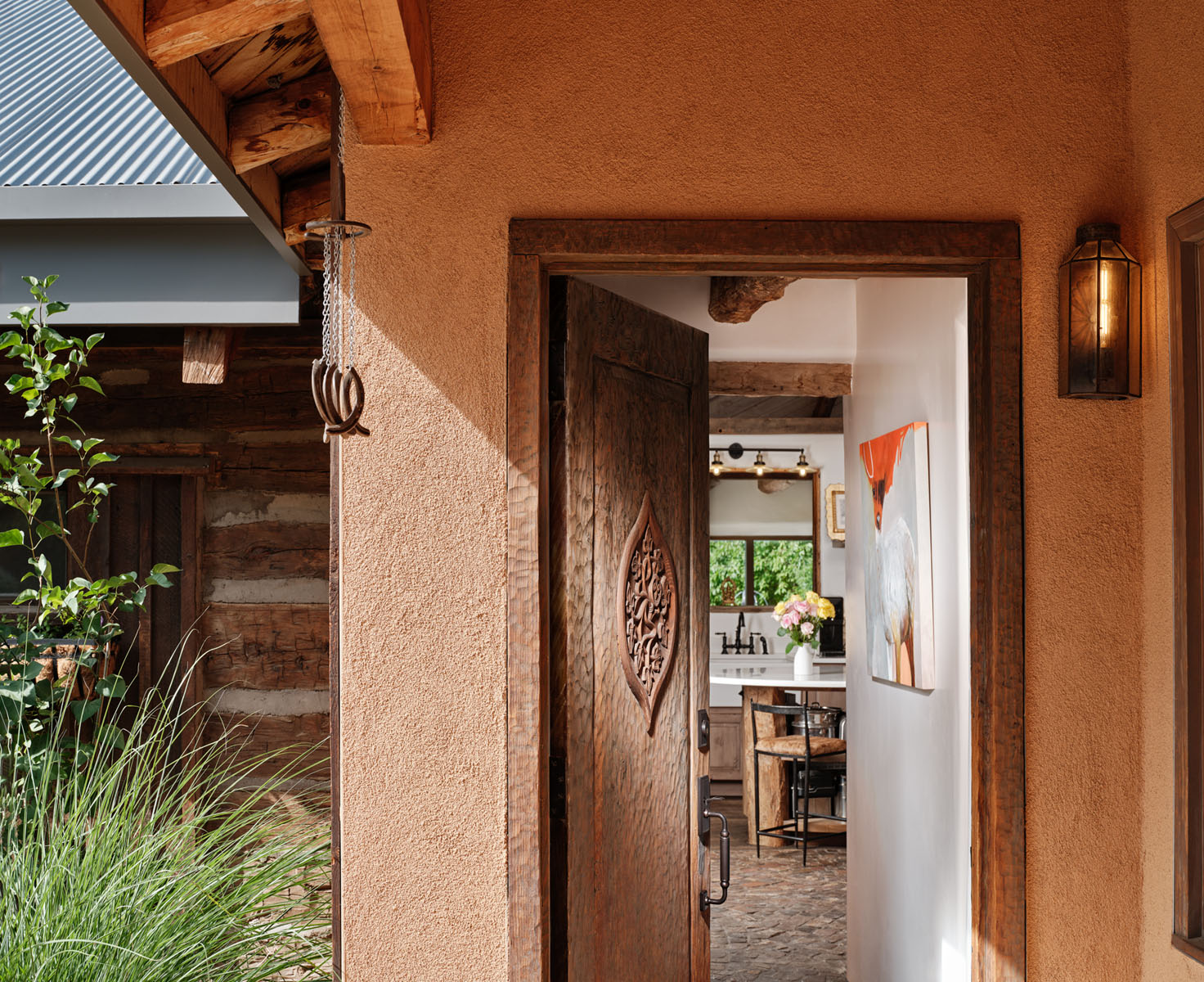Cerrillos Road Warehouse
Cerrillos Road Warehouse
We had a great time working with the owner of this property designing a simple portal to protect the north side from snow and ice.
Cerrillos Road Warehouse
We had a great time working with the owner of this property designing a simple portal to protect the north side from snow and ice.
Details

Related Projects
- Residential, New Construction
Rio En Medio

- Residential, Renovation
Frontier Fantasy

- Residential
Rabbit Bend




